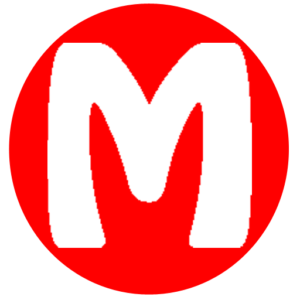Home Fashion Course 6
Fashion Course 6
- admission form
- Beautician course
- Beautician course 2
- Beautician course 3
- Beautician course 4
- beautician course 5
- Beautician course 6
- Beautician course 7
- Beauty
- Book 2
- Books
- Business News
- Culture
- Dining
- Fashion
- Fashion Course 1
- Fashion Course 2
- Fashion course 3
- Fashion Course 4
- Fashion Course 5
- Fashion Course 6
- Film and Enterntainment News
- Fitness
- Gadgets
- Health
- Health News
- National News
- Sports
- Sports news
- Syllabus
- Technologies News
- Travel
- Videos
- World News




